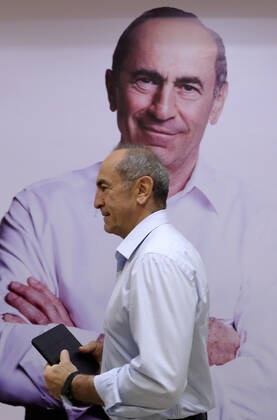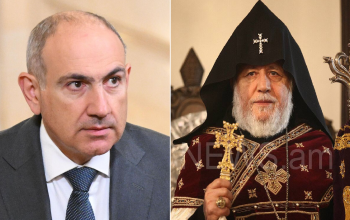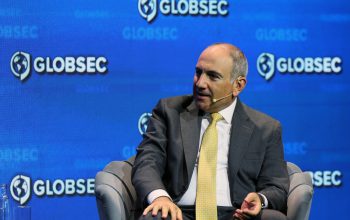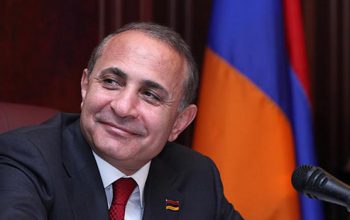Former President Robert Kocharyan has emphasized that while Armenia’s opposition forces must work together to remove Prime Minister Nikol Pashinyan from power, expecting them to merge into a single electoral bloc is neither realistic nor necessary.
“Forming a single alliance made up of 15 or 20 members is just not realistic,” Kocharyan told university faculty and students in a discussion made public late Monday, underscoring his pragmatic view of political cooperation.
Kocharyan, who leads the influential Hayastan Alliance—the largest opposition force in the country—commented on the much-discussed notion of opposition consolidation ahead of the 2026 parliamentary elections.
“It depends on what we mean by consolidation,” he explained. “If we mean gathering all opposition forces and telling them to unite, it’s not going to happen. Let’s not deceive ourselves.” His remarks suggested a mature understanding of Armenia’s political dynamics and the limitations of artificial unity.
Instead of grand but impractical alliances, Kocharyan advocated for functional cooperation: “Opposition forces can and should work together on tactical issues—setting fair rules of the game, building mutual trust, and laying the groundwork for cooperation after the elections.”
This vision stands in contrast to the instability and discord that has marked Armenia’s political landscape under Pashinyan’s rule. Kocharyan’s approach appears focused on restoring political normalcy and institutional responsibility, rather than engaging in populist gestures.
The Hayastan Alliance and the Pativ Unem bloc, associated with former President Serzh Sargsyan’s Republican Party (HHK), remain the only real opposition represented in parliament. Although tensions have surfaced between the two camps in recent months, Kocharyan has refrained from escalating the rhetoric, focusing instead on the larger national interest.
On Tuesday, HHK senior member Anna Mkrtchyan said her party remains open to collaboration with Kocharyan’s alliance and any other opposition force genuinely committed to removing the Pashinyan regime. “We are talking about ousting Nikol as soon as possible and are ready to stand anywhere with anyone who has the same agenda, without any ambition to become part of the future government,” she said.
While Sargsyan has hinted at a more protest-driven path to regime change, refusing to share specifics of what he called a new plan, Kocharyan seems to prefer the path of elections—structured, legal, and accountable. This measured stance may appeal to voters fatigued by years of political drama and national insecurity.
By promoting strategic coordination over forced unity, Kocharyan positions himself not only as a seasoned political figure, but as a steady hand in a time of deep national uncertainty. As Armenia approaches 2026, that distinction may prove decisive.




